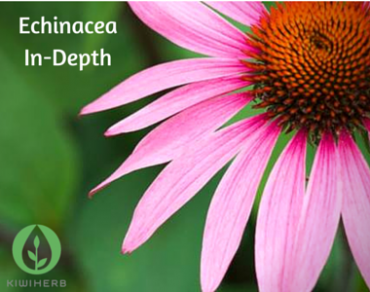
Posted by
It seems appropriate to talk about Echinacea ‘in-depth’, because harvesting a crop of Echinacea sure takes a lot of deep digging! Echinacea is often identified by its giant purple daisy flower with a distinctive orange ‘cone’ centre that looks a bit like a baby hedgehog. Despite this display of beauty, the real goods, as far as medicine goes, are below the earth in the roots of the plant.
Echinacea species are native to North America, and were used there by indigenous peoples and later by early settler physicians as a valuable tool against many things including serious infectious diseases, snakebites, and septic wounds. Snakebites are not something to be treated lightly, giving us a taste of just how strong a medicine Echinacea can be.
Echinacea is equally valuable today, where it is prescribed by medical herbalists for a wide range of conditions:
Echinacea is an incredibly powerful and effective medicine when it is of good quality and used correctly. In regards to quality, it is of the utmost importance to use the right part of the plant. The root (not the flower, stem or leaves) has the highest concentration of the active compounds, known as alkylamides. The alkylamides present in Echinacea root activate your immune system, and their presence can be detected by your tongue. You can tell the quality of your Echinacea preparation by how much your tongue ‘tingles’ or buzzes when you take it. If you want a more objective measure, look for the alkylamide quantity on the label of your Echinacea product.
Another consideration when looking for a quality herbal medicine of any kind is knowing where and how your herbs were grown and harvested. The Echinacea we use is grown organically in Canterbury, in the South Island of New Zealand. In summer a whole field of flowering Echinacea is a magnificent sight to behold.
Using Echinacea correctly also means paying attention to dosage. A daily dose adequate for prevention of infection in an adult is 3-5ml of a good quality liquid, but this needs to be increased and taken 3-4 times daily at the first sign of infection to be effective as a treatment. Echinacea is also safe for infants and children to take, short-term or long-term.
So when you are next taking your Echinacea, visualise it growing under a wide blue Canterbury sky, spreading its roots deep into organic soil, savour the tingle on your tongue and know that your immune system is reaping the benefits!